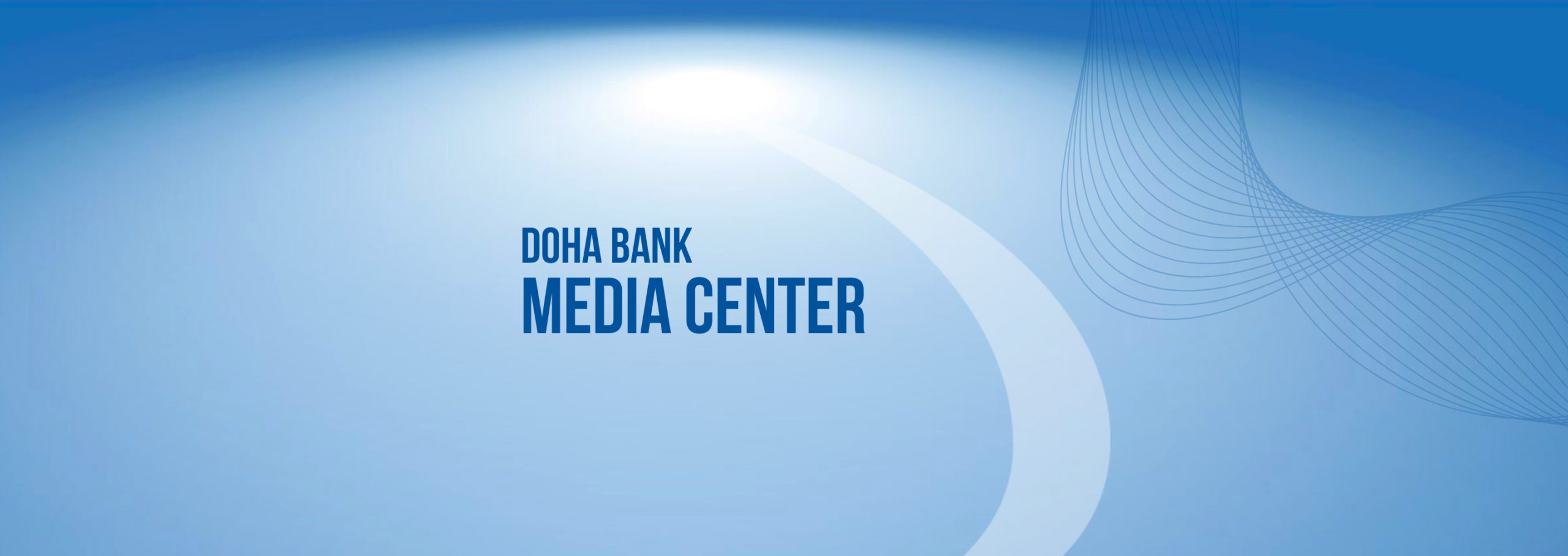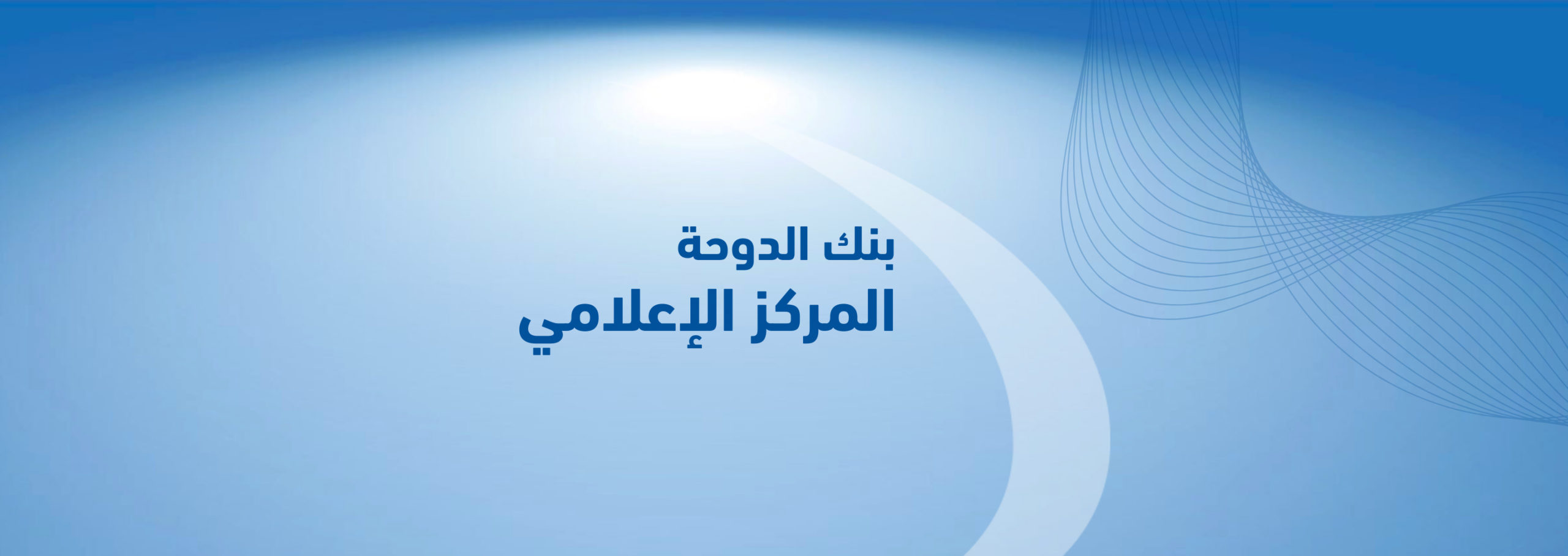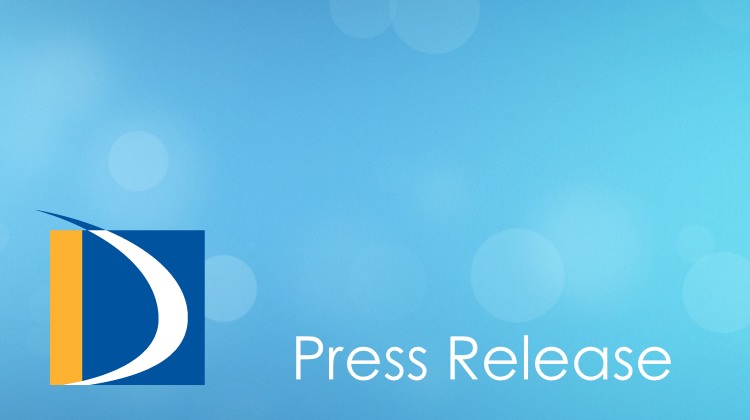Today Doha Bank is organising a knowledge sharing session on “Enterprise risk Integration. In this regard we would like to hear from you on key risks which impact business.
- Highlight the link between ERM and Business Model Risk?
Enterprise Risk Management (ERM) emerged as a structured approach combining strategies, resources, technology, and knowledge to assess and manage the uncertainties that various enterprises face as value is being generated.
ERM facilitates effective management of risks that organisations face, and the management of potential opportunities embedded in those risks.
Steps in ERM
- Firstly, measurable organisational objectives need to be specified.
- Secondly, an organisation needs to identify the risks that may hinder accomplishment of the objectives.
- Thirdly, controls need to be identified that would mitigate the identified risks.
Organisations are exposed to a variety of risks at the operational level; hence their ERM programmes need to be aligned with business strategies to cover the complete hierarchy of operational risks.
- A critical aspect of management‟ responsibility is to understand and determine which risks should be taken on, and what magnitude of business consequences (in case of a failure) can be managed away.
- Different risk categories and their impact on business levels should be included in strategy setting.
- Identification of the portfolio of key risks facing organisations and their evaluation are crucial steps in the process of designing an effective ERM framework.
- In order to build enterprise risk awareness and ingrain it deeply into the organisational culture and processes, it becomes essential to encourage open communication between all employees and inspire interest in ERM best practices.
- Business models should consider Business Continuity plan. Damage to physical assets is a typical BCM issue leading to the preparation of a business continuity plan, possibly underpinned by a number of subsidiary plans such as an information and communications technology disaster recovery plan.
- Risks arising from external environment should be devoted more attention as it is more unpredictable and sometimes to control.
- Give your outlook on Key supply chain risks?
- Companies’ supply chains may face a host of perils, including labour disputes, terrorism, energy price hikes and natural disasters.
- However, disruptions associated with the effects of the recession have had the most impact on supply chains.
- At the top of their of concerns for the next 12 months are unfavorable exchange-rate fluctuations ,followed closely by fears over input and energy price hikes.
- The recent currency war globally adds this risk.
- The spike in oil price also impacts industries such as airlines and logistics.
- In a downturn, companies will be reluctant to pass on the increased costs to customers.
- Cheaper manufacturing located further away from a company’s distribution centers is offset by higher transport costs, and companies may seek to move production closer to customers.
- For instance, a US company which previously outsourced to China might see Mexico as more attractive.
- Protectionism is also a concern. The downturn has led governments to consider a raft of measures designed to protect domestic business interests, including bail-outs, state aid, tariffs and trade defense measures.
- Disruption to the supply chain resulting from labour disputes, information technology (IT) or utility failure, and intellectual property (IP) infringements.
- What are the key financial risks and asset protection risks?
- Raising Capital – Through equities (primary market). Through Bonds.
- Market Risk – This mainly comprises of currency risk, interest rate risk, liquidity risk.
- It is relevant for corporate exposure to investments or cross-border transactions.
- It is very critical in financial services industries.
- Asset protection risk pertaining to financial assets can be part of wealth management. Understanding market risks and rewards are key to asset protection risk.
- Asset protection for non- financial assets are done through insurance. Insurance coverage and premium factors need to be considered.
- What is your outlook on Human capital risks?
- Human Capital Risk is all about giving companies the metrics to ensure that they have the right talent doing the right work to stay on track with the company’s goal.
- The key lies in leveraging Human Capital Risk for the management of contingent workforces.
- Human Capital Risk as the next logical progression from Talent Management and Workforce Planning technologies, providing the bedrock of analytics to offer better insight into executive decision making and achieve greater workforce productivity.
- It is the need for closer integration between the risk function and the human resources function.
- Succession planning is a an efficient technique for human capital risks.
- What are the key IT risks ?
The Information Security Forum (ISF)’s top 10 arisks in 2011:
- Criminal attacks.
- Weaknesses in infrastructure.
- Tougher statutory environment- Cyber Laws.
- Pressures on offshoring / outsourcing.
- Eroding network boundaries.
- Mobile malware- Hackers through mobile.
- Vulnerabilities of Web.
- Incidents of espionage.
- Insecure user-driven development.
- Changing cultures.
- Give us your insight on reputation risk management?
- Reputation management is emerging as a key issue for all enterprises.
- Managing reputation is therefore an essential part of the strategic role of the board of directors, who must take into account all stakeholders, whose perception of the organisation will determine its reputation.
- Risks or uncertainties, both positive and negative, must be managed in a holistic systemic approach, as there is no such thing as reputation risks – rather, all risks may impact on reputation.
- Thus the best management of risks to reputation is sound enterprise-wide risk management and governance, where all insiders are involved and outsiders’ interests are taken into account.
- Preparing a strategic redeployment plan is therefore the best way for management to be prepared to cope positively with the surprises of the future.
- The value of intangible assets became the most significant part of the market value of any firm traded on the stock exchange.
- When compared to the value of the physical assets, the total value of the firm (measured by the share price multiplied by the number of outstanding shares) reached peaks that ranged from ten to 100 times.
- How does intangible assets impact reputation risk?
- All information – in whatever form, whether written, spoken or via IT systems – that flows in, through and out of the organisation is of vital importance.
- It contributes to the survival of any organisation because of the importance of the ‘intangible assets’ value stemming from the flow of information.
- Reputation is thus not an objective notation delivered by an agency, but rather a subjective composite assessment resulting from a number of factors, among which trust will be a key ingredient.
- The media’s increased scrutiny, relaying public interest in all aspects of each organisation’s management, imposes on all boards of directors a need always to act as if under a ‘roof of glass’, where every move and every thought can be made public.
- In all areas of management, therefore, decisions and their implementation must be at all times consistent with the set of values set forth by the organisation.
- As opposed to the process of patiently building trust, a reputation can be ruined overnight by an ill-managed event which results in a crisis. The challenge is that such perils can come from any direction.
- What are the recent measures taken by QCB to support systematic risks?
SUPPORT CREDIT RISK
- In March 2011 Qatar credit Bureau was opened to support sustainable growth of credit in Qatar, relying on customer data and risk-based methodologies.
- It will also provide the Qatar Central Bank (QCB) and the banking sector with analytical data to support the implementation of advanced techniques in risk management as outlined in “Basel II” Accord.
CURTAIL ARBITRAGE RISK
- In August 2011 the central bank cut its overnight deposit rate to 0.75% from 1% and axed the overnight lending and repo rate to 4.5% from 5%, a day after the US Federal Reserve decided to keep the rates low for another two years.
- THIS MOVE is to ensure Qatari riyals funds remain in similar competitive position against foreign currency funds after the US fed move.
- What are the Regional regulatory reforms on personal loans and car loans to enhance risk for customer advantage?
Customer needs have also be indirectly better disciplined through tighter regulations in the Banking industry.
Qatar Central Bank has announced stricter regulation for retail lending capping margin, term and the amount. The new regulation includes:
- personal loans capped at QR2 mn for Qataris and QR400,000 for expatriates.
- the term of personal loan not to exceed 48 months for expatriates and 72 months for Qataris.
- the equated monthly instalment (EMI) being paid by the borrower should not be more than 50% of the borrower’s net monthly salary for expatriates and no more than 75% for Qataris.
- the margin charged by banks on personal loans will be capped at 150 bp (above the O/N lending rate).
- no borrower is allowed to transfer his loan to another bank during the repayment period.
Doha bank is now charging the lowest rates in Qatar with a mere 2.22% or 3.33% interest rate on Personal Loans for the first year And the repayment period is 72 months for Qatari customers and 48 months for expats.
- The United Arab Emirates central bank issued new guidelines on retail loans and fees, capped personal loans at 20 times a borrower’s monthly salary The repayment period for personal loans can’t exceed 48 months.
- The central bank said it would review fees annually. The new scheme announced would need to be adhered to from 1st May 2011.
- Qatar central bank also moved to set an upper limit for personal car loans – banks and financial institutions would henceforth only be permitted to lend 80% of the value of a car, with consumers required to put up a down-payment for the remaining 20%.
- What are the Regional regulatory reforms to enhance risks in credit card business for customer advantage?
In Qatar Key restrictions impacting Credit cards
(2) Credit Cards QATARIS NON-QATARIS The maximum limit for withdrawal Double Net Gross Salary Double Net Gross Salary Maximum interest/ profit 1% per month 1% per month The maximum interest on the past dues of the liabilities that arise from credit cards only 1/4% per month 1/4% per month - Amendment on transfer of Loan – Loans/ finances MAY NOT be transferred from one bank to another during repayment period except in accordance with conditions highlighted by regulator.
- There are deliberations in Industry on interpretation of Salary for Total monthly liabilities (DSRs).
UAE
- Overall installments for all loans, including personal, car, housing loans and credit cards, must not exceed 50 percent of a borrowers’ gross salary and any regular income.
- Non salaried customers are allowed to take credit card.
- Banks may also not issue credit cards to those with a monthly salary of less than 5,000 dirhams.
- No change in fee, commission or interest rates.



